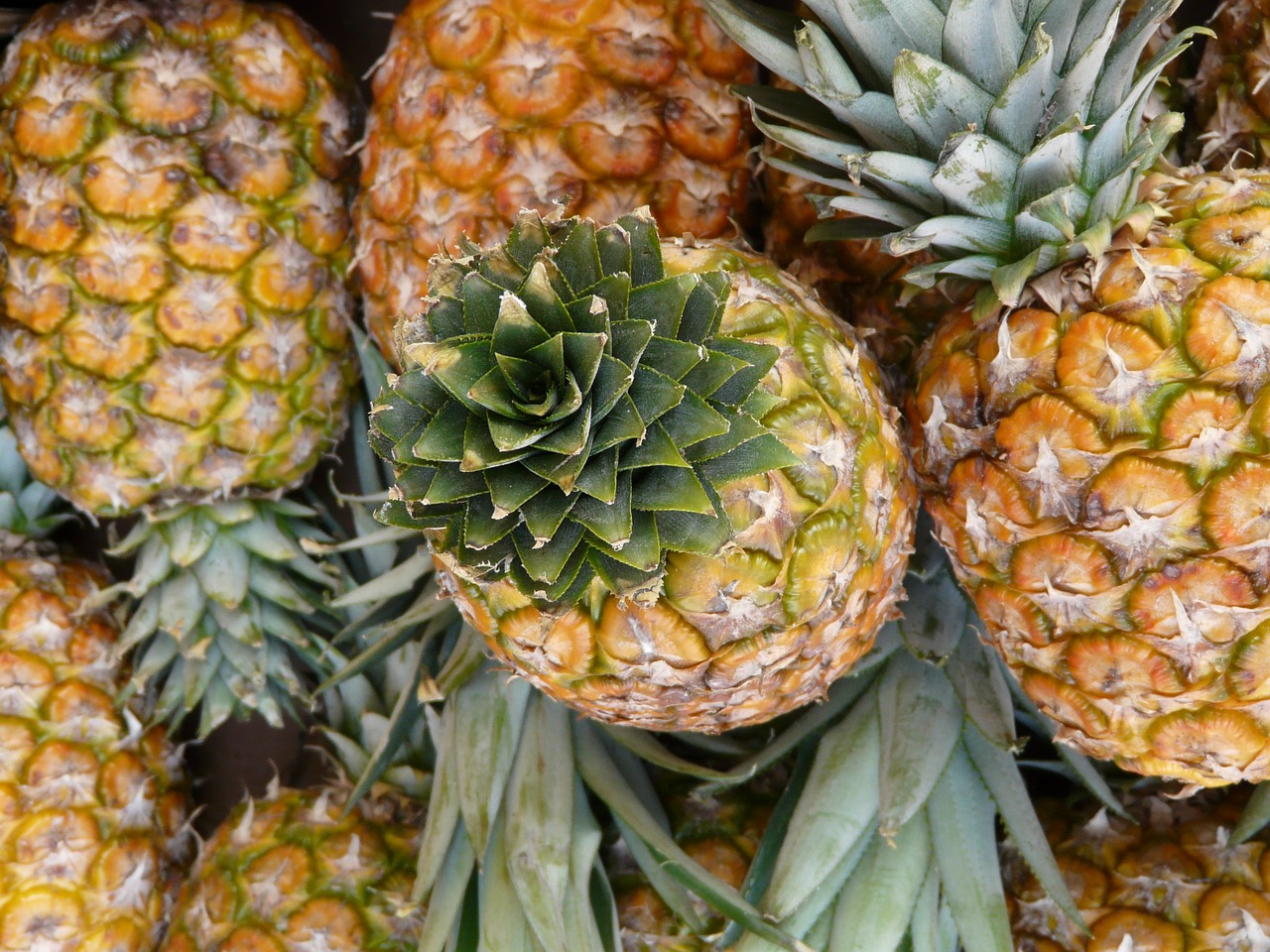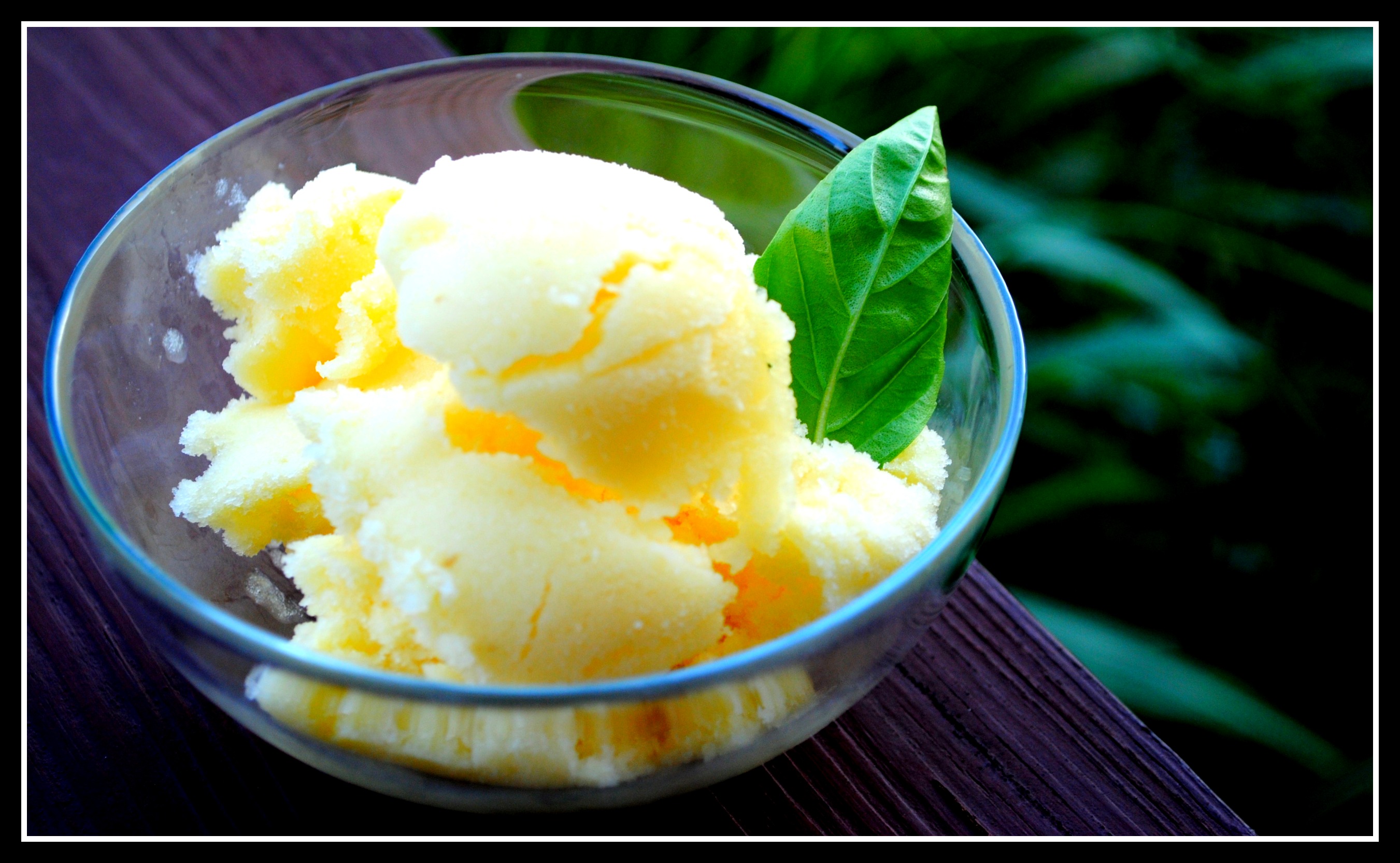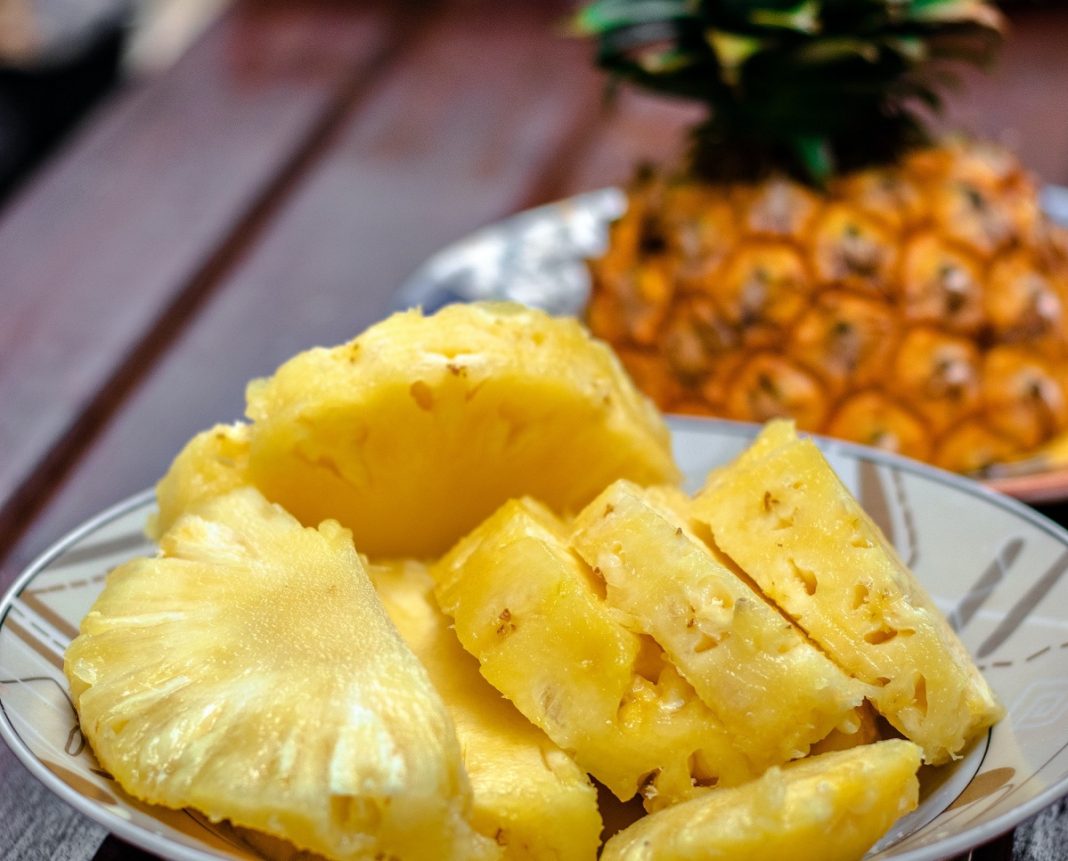Pineapples are beloved around the world for their sweet and tangy flavour. But there’s much more to this tropical fruit than meets the eye. Let’s peel back the pineapple and discover 10 zesty facts that might surprise you!
1. Not a Single Fruit
Contrary to what many believe, a pineapple is not a single fruit. It’s actually a group of berries that have fused together. Each scale on a pineapple was once an individual flower whose fruit merged to form the pineapple we know and love.

2. A Symbol of Hospitality
In the colonial times in America, pineapples were an exotic and expensive treat. Displaying a pineapple in one’s home was a sign of wealth and hospitality. They were often the centerpieces at gatherings to symbolize a warm welcome.
3. Long Growing Process
It can take over two years for a pineapple to reach maturation. This slow-growing process is one of the reasons why pineapples used to be considered such a luxury.

4. Regeneration
You can grow a pineapple plant from the top of the fruit. By cutting off the crown and allowing it to dry for a couple of days before planting it in soil, a new pineapple plant will grow. However, patience is key as it may take years before it bears fruit.
5. Natural Meat Tenderizer
Bromelain, an enzyme found in pineapples, breaks down protein chains, making it an excellent natural meat tenderizer. However, this also means that adding fresh pineapple to gelatin won’t set, as the enzyme breaks down the proteins in the gelatin.

6. Pineapples Don’t Ripen After Harvest
Once a pineapple is harvested, it won’t continue to ripen. This means that a pineapple will not get any sweeter than it was the day it was picked. So, they must be harvested at the right time.
7. Low-Calorie and Nutrient-Rich
Pineapples are not only delicious but also nutritious. They are low in calories and packed with vitamin C, manganese, and various antioxidants, making them an excellent addition to a balanced diet.
8. Native to South America
Pineapples are native to South America, primarily originating in the area between southern Brazil and Paraguay. Today, however, they are grown in various tropical regions around the world.

9. The Word “Pineapple” Was Originally Used for Pinecones
The term “pineapple” was first used in the 14th century to describe pine cones. When Europeans discovered this tropical fruit, they called them pineapples because they resembled pine cones. The term for pine cones eventually changed, but the name stuck for the fruit.
10. A Source of Natural Fibers
Did you know that pineapples are used to make a natural textile? Piña cloth is made from the fibers of pineapple leaves and is used in the Philippines to make traditional garments known as Barong Tagalog and Baro’t Saya.
In Conclusion
Pineapples are not just a tasty fruit but are also rich in history and utility. These zesty facts peel back the layers of the pineapple, revealing a fruit that’s not only a treat to our taste buds but also a fascinating wonder of nature. Next time you enjoy a slice of pineapple, you’ll have a newfound appreciation for this tropical delight!







